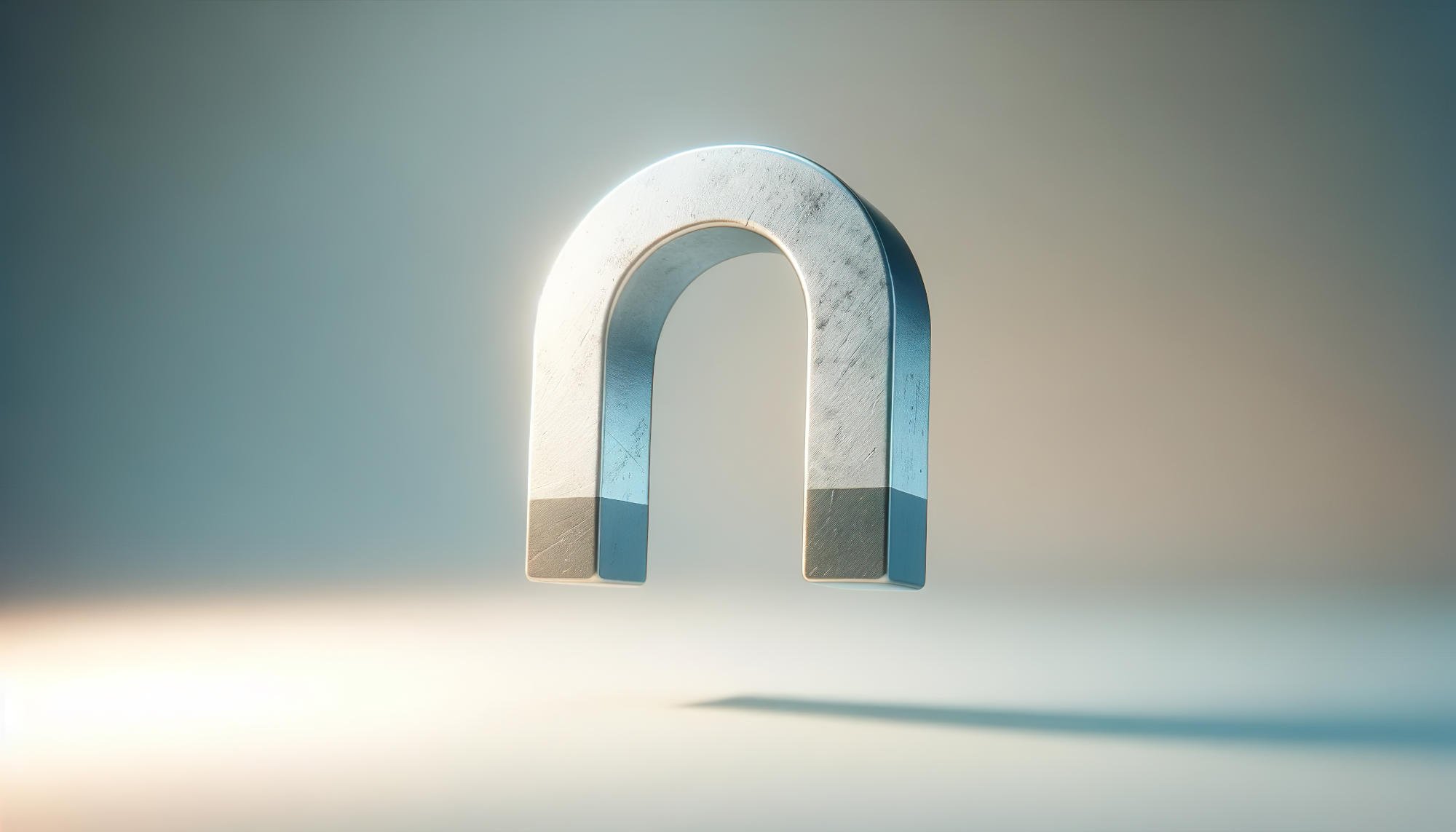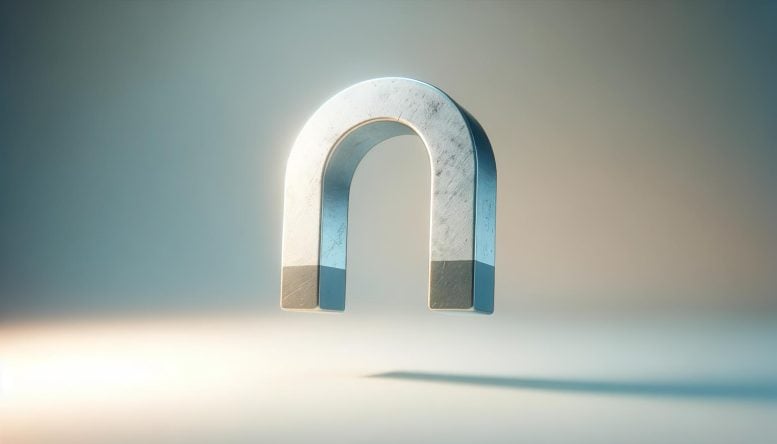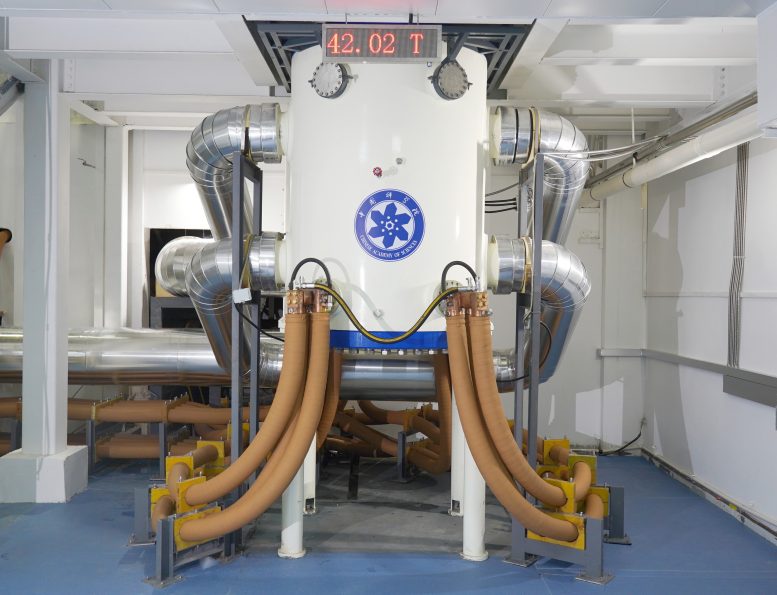

China’s new 42-tesla resistive magnet has set a world record, surpassing the previous 41.4-tesla mark.
On September 22, a resistive magnet in China generated a steady magnetic field of 42 tesla, setting a new world record for this type of magnet.
It is another major breakthrough by the High Magnetic Field Laboratory of Hefei Institutes of Physical Science, Chinese Academy of Sciences (CHMFL), following its success in the world’s most powerful 45.22 tesla hybrid magnet in 2022.
The new magnet marks a new milestone in the development of resistive magnet technology.
After nearly four years of unremitting efforts, scientists and engineers innovated the structure of the magnet, optimized its manufacturing process, and finally produced a steady magnetic field of 42 tesla at a power supply of 32.3 MW, breaking the record of 41.4 tesla set by the US National High Magnetic Laboratory in 2017.

Enhancing Scientific Exploration
The new magnet not only better meets the practical needs of magnet users, by providing powerful experimental conditions to explore new phenomena and reveal new laws, but also lays a key technical foundation for the construction of more powerful magnets in China.
There are three types of steady high magnets, resistive magnets, superconducting magnets, and the combination of the two, namely, hybrid magnets.
Resistive magnets are the earliest high field magnets used by scientists, with flexible and fast magnetic field control. To this day, they can still generate magnetic fields far higher than superconducting magnets.
“Resistive magnets and superconducting magnets are both ‘singles masters’, while hybrid magnets are ‘mixed-doubles combinations’,” said Guanli Kaung, academic director of CHMFL, making a comparison between magnet development and table tennis.
“In 2022, we won the mixed doubles championship with comprehensive advantages. Today, we won a singles,” Kuang said.
High magnetic field is an extreme experimental condition required for material science research and a powerful tool for major scientific discoveries. For decades, scientists around the world have achieved significant discoveries under high magnetic field, with more than 10 such scientific achievements winning Nobel Prizes.
The development of magnet technology has become an important research field.
Currently, there are five steady high magnetic field laboratories in the world, located in China, France, Japan, the Netherlands, and the United States.